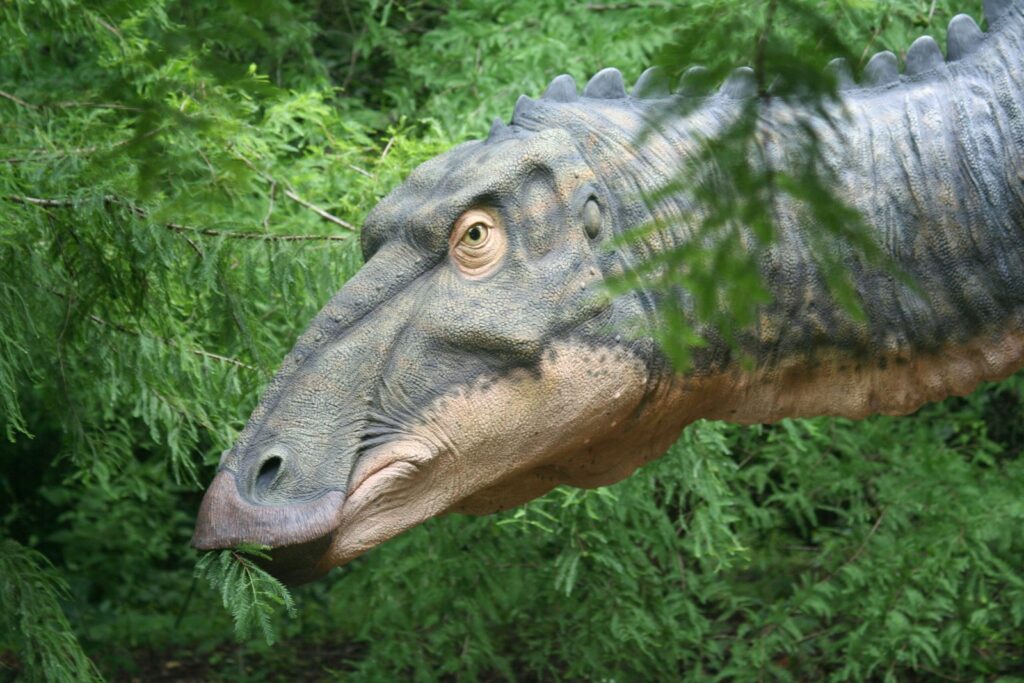When paleontologists discover a fossilized dinosaur tooth in sedimentary rock, they’ve uncovered more than just a prehistoric dental specimen – they’ve found a time capsule of biological information. From this single fragment, scientists can begin to reconstruct not just the mouth, but potentially the entire creature that lived millions of years ago. This remarkable scientific detective work combines cutting-edge technology with traditional comparative anatomy, chemistry, and evolutionary biology.
Through careful analysis of a single tooth, researchers can reveal surprising details about an extinct animal’s diet, size, habitat, and even its place in the dinosaur family tree. Let’s explore the fascinating process of how scientists transform a solitary tooth into a comprehensive understanding of a dinosaur that hasn’t walked the Earth for millions of years.
The Significance of Dental Fossils in Paleontology
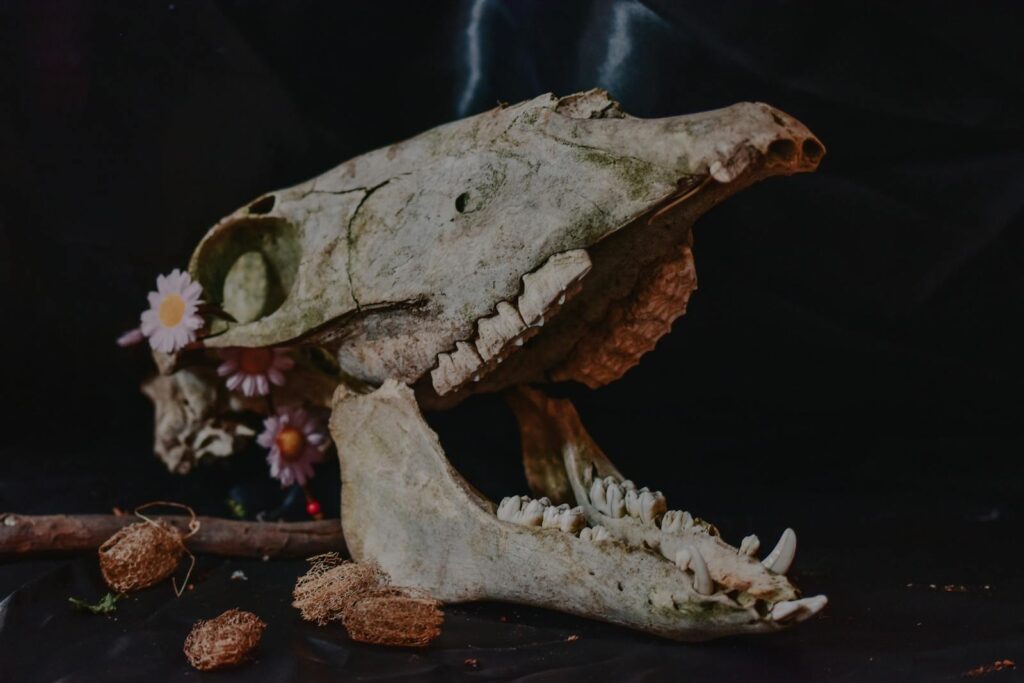
Teeth are among the most commonly preserved dinosaur fossils due to their hardness and resistance to decomposition. Unlike soft tissues that quickly decay after death, teeth are composed primarily of durable materials like enamel and dentin, allowing them to survive the fossilization process remarkably intact. Their abundance makes them invaluable to paleontologists, especially when more complete skeletal remains are unavailable.
Furthermore, teeth often contain unique morphological features specific to certain dinosaur species or groups, serving as distinctive “fingerprints” in identification processes. Because dinosaurs continually replaced their teeth throughout their lives, a single individual could produce hundreds of discarded teeth during its lifetime, increasing the likelihood of preservation in the fossil record. This dental resilience provides scientists with a wealth of material to study even when other skeletal elements have long since disappeared.
Initial Examination: What Can Shape and Size Reveal?
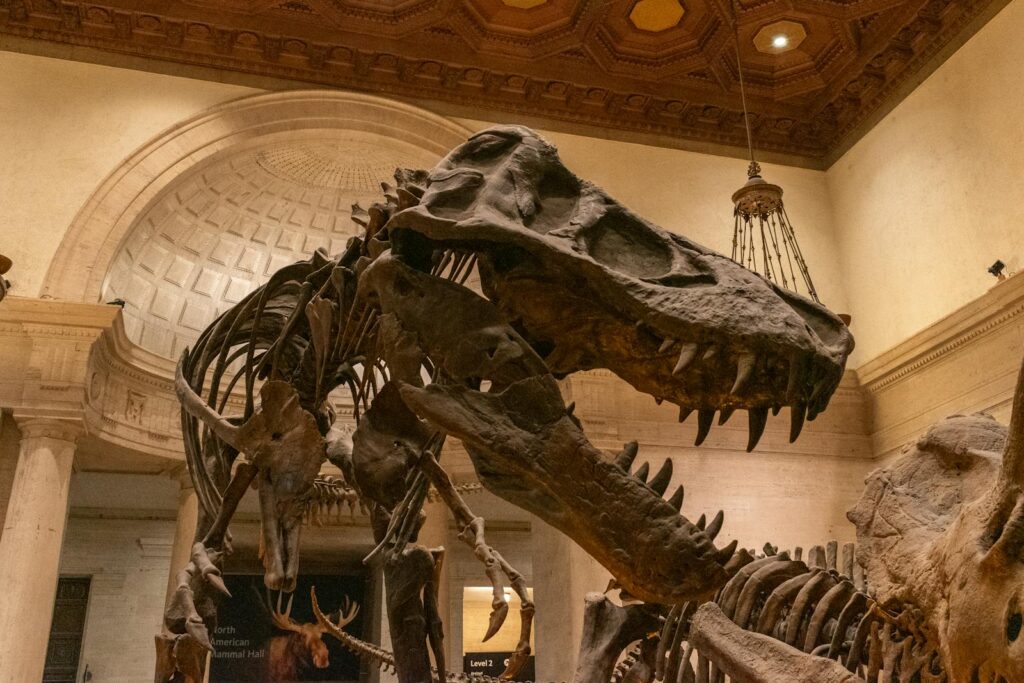
When paleontologists first examine a dinosaur tooth, they begin with basic morphological analysis to extract crucial information. The tooth’s overall shape immediately indicates whether it belonged to a carnivore (typically sharp, curved, and serrated) or herbivore (usually flatter with ridges for grinding plant matter). Size plays a critical role in estimation, as tooth dimensions generally correlate with body size, allowing researchers to calculate approximate skull proportions and overall dinosaur size through established scaling relationships.
Surface features like serrations, ridges, or wear patterns provide insights into feeding mechanics and dietary preferences, revealing whether the animal was tearing flesh, crushing bones, or processing fibrous vegetation. Additionally, root structure and attachment points offer clues about jaw morphology and tooth replacement patterns, which varied significantly across dinosaur groups. This preliminary assessment establishes the foundation for more advanced analytical techniques that will further refine the reconstruction.
Dental Morphology and Taxonomic Classification
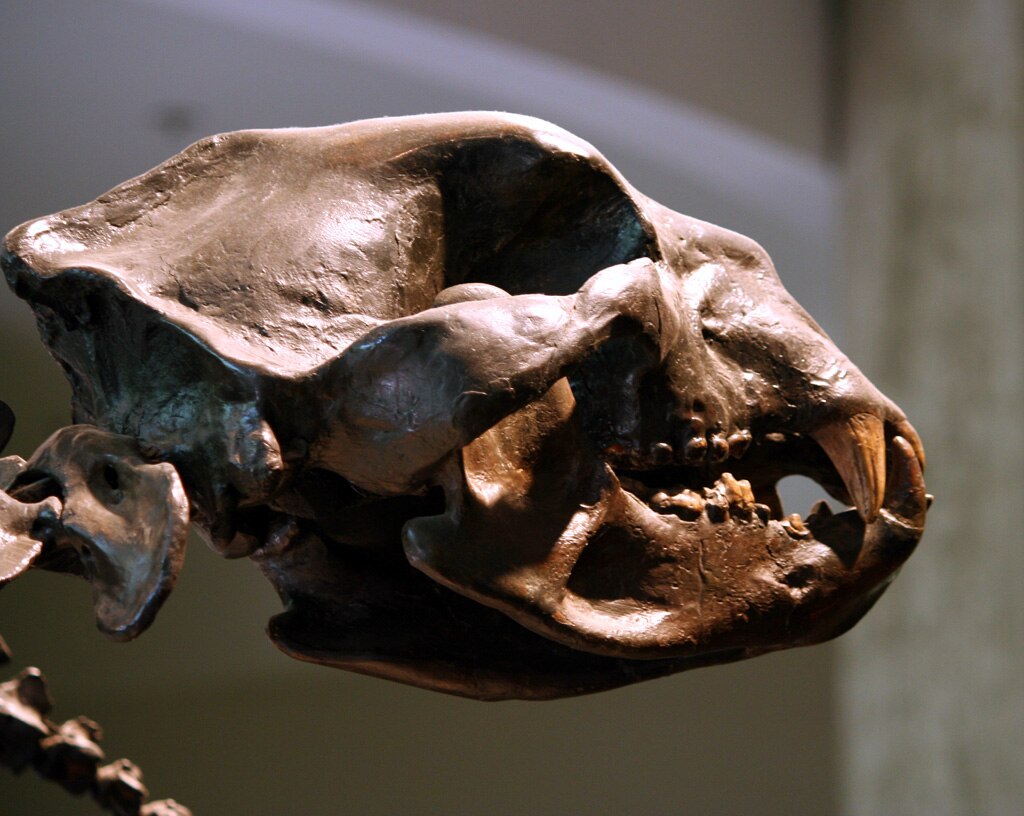
Dinosaur teeth exhibit remarkable diversity in form and function, providing crucial characteristics for taxonomic classification. Paleontologists meticulously document features such as crown shape, curvature, presence of denticles (serrations), enamel texture, and root structure to compare with established dinosaur taxa. For instance, the distinctive leaf-shaped teeth with prominent denticles along the edges are hallmarks of theropods like Tyrannosaurus, while the spoon-shaped teeth with complex wear facets are characteristic of hadrosaurs (duck-billed dinosaurs).
Sometimes, dental morphology is so distinctive that it allows identification down to the genus level, particularly in well-studied groups where dental anatomy has been comprehensively documented. Advanced imaging techniques like micro-CT scanning can reveal internal dental structures invisible to the naked eye, providing additional diagnostic features for classification. This taxonomic placement establishes a framework of evolutionary relationships that guides subsequent reconstruction efforts, helping scientists determine which contemporary relatives might serve as anatomical references.
Microscopic Analysis: Unlocking Hidden Details

The microstructure of dinosaur teeth contains a wealth of information invisible to the naked eye. Using scanning electron microscopy (SEM), scientists can examine the enamel surface at magnifications up to 10,000 times, revealing minute scratches, pits, and wear patterns that indicate specific feeding behaviors. Thin-section analysis, where microscopically thin slices of the tooth are prepared and examined under polarized light, exposes growth lines similar to tree rings, allowing researchers to determine growth rates and estimate the animal’s age at death.
Histological examination of dental tissues can also identify specialized adaptations, such as the unusually thick enamel in some tyrannosaur teeth that facilitated bone-crushing behaviors. Additionally, microscopic study of dentinal tubules and enamel prism patterns can help distinguish between closely related species when gross morphology appears similar. These microscopic features collectively provide a detailed picture of how the tooth functioned during the dinosaur’s life, from dietary preferences to potential seasonal changes in food resources.
Chemical Analysis: Diet and Environment Revealed

Modern analytical techniques allow scientists to extract remarkable environmental and dietary information from fossil teeth through their chemical composition. Stable isotope analysis measures ratios of elements like carbon, oxygen, and nitrogen that were incorporated into the tooth during the animal’s lifetime, reflecting what it ate and the climate in which it lived.
For example, carbon isotope ratios can distinguish between animals that consumed C3 plants (like trees and shrubs) versus C4 plants (like tropical grasses), providing insights into both diet and habitat. Trace element analysis can reveal seasonal migration patterns, as different geological regions impart distinctive chemical signatures to growing teeth. Strontium isotope ratios are particularly valuable for tracking geographic movement, as they vary based on local geology and are preserved in dental tissues.
Additionally, oxygen isotope measurements can indicate the temperature and rainfall patterns of the environment where the dinosaur lived, helping reconstruct ancient ecosystems. Through these chemical signatures, a single tooth becomes a repository of information about not just the animal, but the entire world it inhabited.
Comparative Anatomy: Learning from Living Relatives

Birds and crocodilians, as the closest living relatives to dinosaurs, provide critical reference points for reconstructing extinct species from dental evidence. By studying the relationship between tooth morphology and overall anatomy in modern animals, paleontologists can make informed predictions about a dinosaur’s appearance based on dental similarities.
For instance, the correlation between certain tooth structures and specific skull shapes in modern reptiles helps scientists estimate cranial dimensions from a single tooth. The field of biomechanics further enhances this approach by analyzing how tooth design relates to jaw musculature and feeding mechanics in living animals, then applying these principles to fossil specimens. Developmental biology also offers valuable insights, as the genetic pathways controlling tooth formation in modern vertebrates likely operated similarly in their extinct relatives.
While birds have lost their teeth through evolution, their developmental patterns and skull structure still provide valuable reference points. This comparative approach essentially uses the present as a key to the past, allowing scientists to make reasonable inferences about extinct animals based on established biological principles.
Digital Reconstruction and 3D Modeling
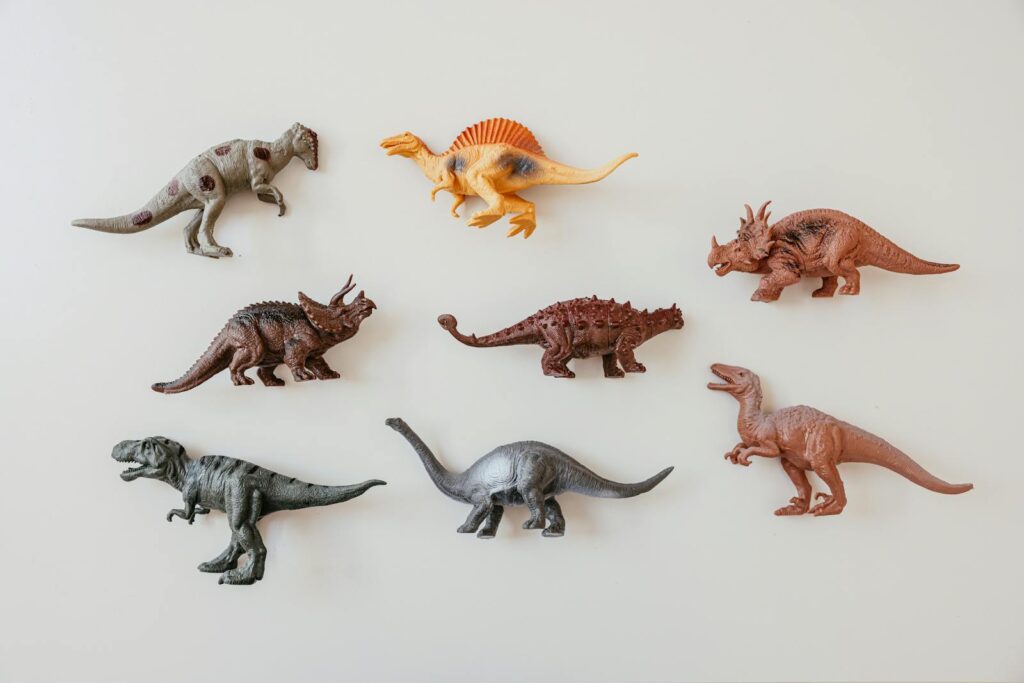
Advanced digital technologies have revolutionized how scientists translate dental evidence into comprehensive dinosaur reconstructions. Using high-resolution CT scans of fossil teeth, researchers create detailed three-dimensional digital models that can be manipulated, measured, and analyzed with unprecedented precision. These models serve as the foundation for advanced morphometric analyses that quantify subtle shape variations and compare them with databases of known dinosaur species.
Sophisticated modeling software then allows paleontologists to extrapolate from tooth morphology to probable jaw structure based on biomechanical principles and comparative anatomy. From there, computer algorithms can generate potential full-skull reconstructions that accommodate the identified dental arrangement while maintaining proper proportions and muscle attachment points.
These digital models can be further refined through Finite Element Analysis, which simulates mechanical stresses during biting to test the functional viability of the reconstruction. The completed digital models can then be physically realized through 3D printing technology, creating tangible representations that can be examined, measured, and displayed in museums—all derived from data originally extracted from a single tooth.
Estimating Body Size and Proportions
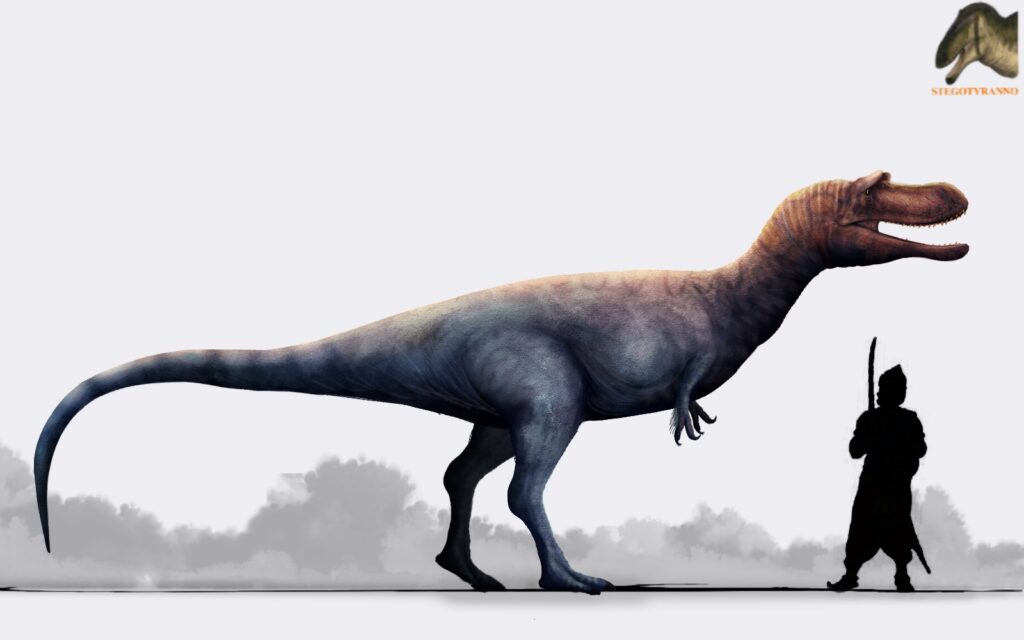
Determining a dinosaur’s overall size from a single tooth involves sophisticated scaling relationships established through extensive study of complete specimens. Paleontologists have developed mathematical formulas that correlate tooth dimensions with skull size across various dinosaur groups, allowing reasonable estimation of cranial measurements from dental remains.
These cranial estimates then feed into broader allometric equations that relate head size to overall body proportions, providing a scientific basis for estimating the animal’s length, height, and approximate weight. The process becomes more precise when the tooth can be confidently assigned to a specific family or genus, as researchers can then apply scaling factors derived from closely related species with more complete fossil records. Error margins are carefully calculated and expressed as range estimates rather than absolute values, acknowledging the inherent limitations of single-tooth reconstructions.
Notably, different dinosaur lineages had distinct body proportion patterns, with some groups featuring relatively larger heads compared to body size than others, making taxonomic identification crucial for accurate size estimation. Through this methodical scaling approach, paleontologists can transform a centimeter-sized tooth into a reasonable approximation of an animal that may have stretched dozens of meters in length.
Determining Age and Growth Patterns
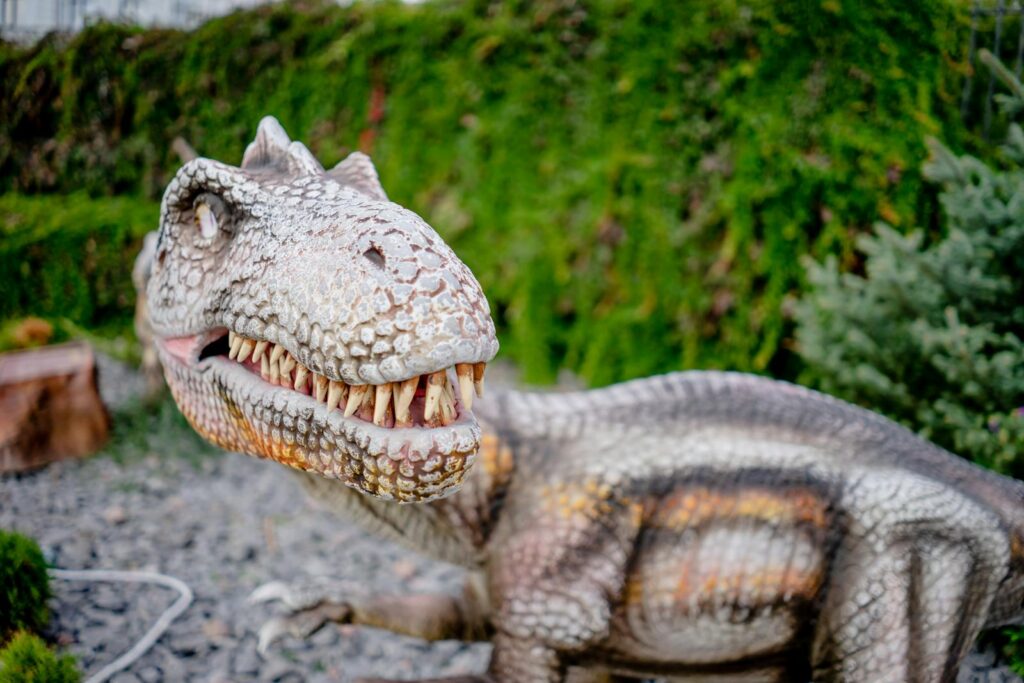
Dinosaur teeth contain detailed records of their growth history, allowing scientists to estimate the individual’s age and development stage at death. By sectioning the tooth and examining growth lines (similar to tree rings) under a microscope, researchers can count annual growth markers and determine how many years the animal lived. The spacing between these growth lines reveals periods of rapid growth versus slower development, indicating seasonal changes in food availability or physiological shifts during different life stages.
Tooth replacement patterns also provide age-related information, as many dinosaurs continuously shed and replaced their teeth throughout their lives at rates that varied by species and age. Wear patterns on the tooth surface can indicate how long it was in use before preservation, adding another temporal dimension to the analysis.
In some cases, if the tooth is from a juvenile, it may show distinctive characteristics that differ from adult specimens of the same species, providing insights into ontogenetic (developmental) changes. These age determinations help place the specimen within a life-history context, crucial for understanding dinosaur biology beyond simple anatomical descriptions.
Inferring Behavioral and Ecological Adaptations

The structure and condition of a dinosaur tooth can reveal surprising details about the animal’s lifestyle and ecological niche. Wear patterns on the tooth surface tell stories about feeding behaviors—vertical scratches might indicate stripping leaves from branches, while polished surfaces suggest grinding tough plant material. For carnivorous dinosaurs, broken tips or chips in serrations may indicate frequent contact with bone during feeding, suggesting scavenging or aggressive predatory behavior.
Tooth spacing and replacement patterns can indicate whether the dinosaur was adapted for specialized feeding strategies, such as filter feeding or precision nibbling. Enamel thickness distribution reveals bite force capabilities, helping distinguish between animals that crushed tough materials versus those specialized for slicing soft tissues.
The presence of specialized dental features, like the self-sharpening edges found in some theropods or the complex dental batteries in hadrosaurs, indicates evolutionary adaptations to specific food resources. These behavioral and ecological inferences help place the dinosaur within its paleoenvironment, transforming it from a mere anatomical reconstruction into a living creature with specific survival strategies and ecological relationships.
Case Studies: Famous Dinosaurs Identified from Limited Dental Material

The history of paleontology contains remarkable examples of significant discoveries stemming from single teeth or limited dental material. Tyrannosaurus rex was first described in 1905 by Henry Fairfield Osborn based primarily on a few teeth and fragmentary remains, with its distinctive banana-shaped serrated teeth immediately identifying it as an enormous carnivore.
Similarly, Troodon formosus was initially known only from its distinctive teeth with unusually large, curved serrations, leading to decades of scientific debate about its classification before more complete remains were discovered. The earliest known duck-billed dinosaur, Hadrosaurus foulkii, was initially identified from a jawbone fragment with characteristic teeth, fundamentally changing our understanding of dinosaur diversity in North America.
More recently, in 2011, paleontologists described Kryptobaatar dashzevegi, a prehistoric mammal that lived alongside dinosaurs, based solely on its unique dental pattern preserved in a single tooth. These cases demonstrate both the remarkable power of dental analysis in paleontology and its limitations, as subsequent discoveries of more complete remains sometimes necessitate revisions to the original reconstructions, highlighting the progressive nature of scientific understanding.
Limitations and Uncertainties in Tooth-Based Reconstructions
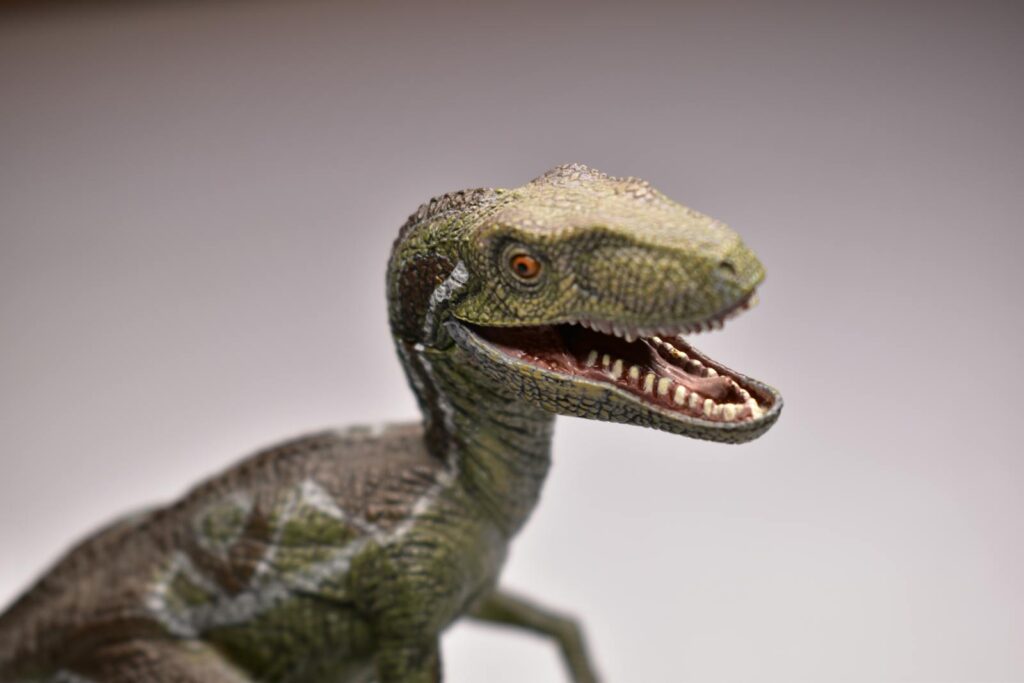
Despite the wealth of information teeth can provide, scientists must acknowledge significant limitations when reconstructing dinosaurs from dental remains alone. Individual variation within species presents a substantial challenge, as tooth morphology can differ based on position in the jaw, age of the individual, and natural variation between specimens of the same species.
Sexual dimorphism further complicates reconstructions, as male and female dinosaurs of the same species might have had different tooth sizes or subtle morphological variations that could lead to misidentification. Convergent evolution—where unrelated species evolve similar dental adaptations in response to similar environmental pressures—can result in teeth that appear remarkably similar despite belonging to different dinosaur lineages.
Additionally, wear and damage during the animal’s life or taphonomic processes (changes occurring during fossilization) can alter tooth appearance, potentially obscuring diagnostic features. Researchers address these uncertainties by employing confidence intervals in their reconstructions, clearly indicating which aspects are directly supported by evidence versus those requiring more speculative interpretation. These acknowledged limitations ensure scientific integrity while still allowing meaningful reconstruction efforts to proceed.
Future Frontiers: Emerging Technologies in Paleodental Research
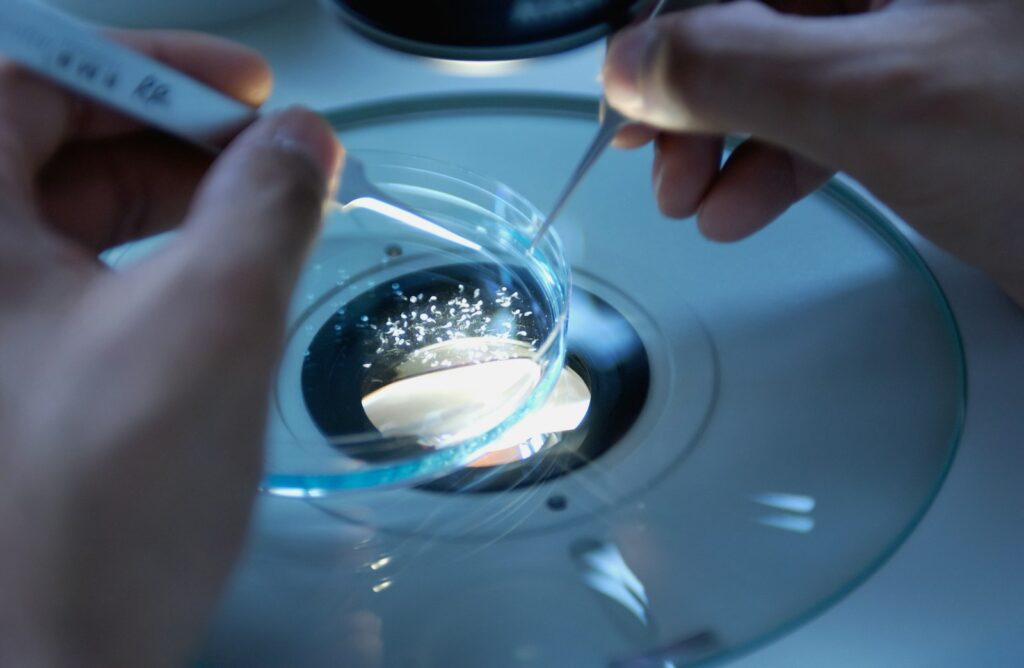
The field of dinosaur reconstruction from dental remains continues to advance through groundbreaking technological innovations. Ancient DNA extraction from dental tissues, while still extremely rare in dinosaur specimens, has become increasingly feasible for more recent fossils, potentially opening new avenues for older specimens as techniques improve. Synchrotron radiation—which produces extremely bright X-rays—allows non-destructive imaging of internal tooth structures with unprecedented resolution, revealing growth patterns and cellular-level details previously inaccessible without damaging specimens.
Advanced proteomics is beginning to identify fossil proteins preserved within dental tissues, offering molecular evidence of evolutionary relationships that complements morphological analysis. Machine learning algorithms trained on comprehensive dental databases can now identify patterns and relationships invisible to human researchers, potentially revolutionizing taxonomic classification from limited remains.
Biomolecular techniques that extract and analyze ancient proteins (paleoproteomics) preserved within dental tissues can provide evolutionary insights even when DNA has degraded beyond recovery. These emerging technologies promise to extract ever more information from single teeth, continuing to refine our understanding of dinosaurs and pushing back the boundaries of what can be learned from even the most fragmentary remains.
Conclusion
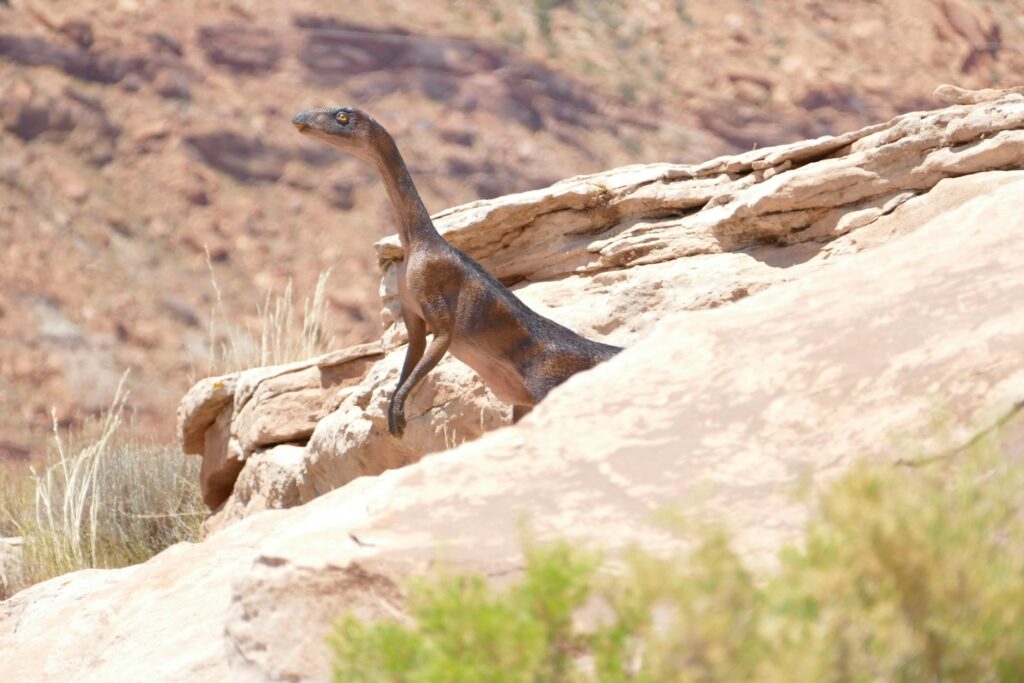
From a single fossilized tooth, paleontologists can embark on a remarkable scientific journey that reveals a wealth of information about extinct dinosaurs. Through the careful application of morphological analysis, advanced imaging, chemical testing, comparative anatomy, and computational modeling, these dental time capsules yield insights into an animal’s identity, size, diet, habitat, and evolutionary relationships. While reconstructions based on isolated teeth necessarily involve uncertainties and limitations, they represent the culmination of multiple scientific disciplines working together to illuminate prehistoric life.
As technology continues to advance, our ability to extract information from these dental fossils will only grow more sophisticated, further enhancing our understanding of the magnificent creatures that ruled our planet for over 160 million years. Each tooth, however humble it might appear, contains stories waiting to be discovered by the careful application of science.



